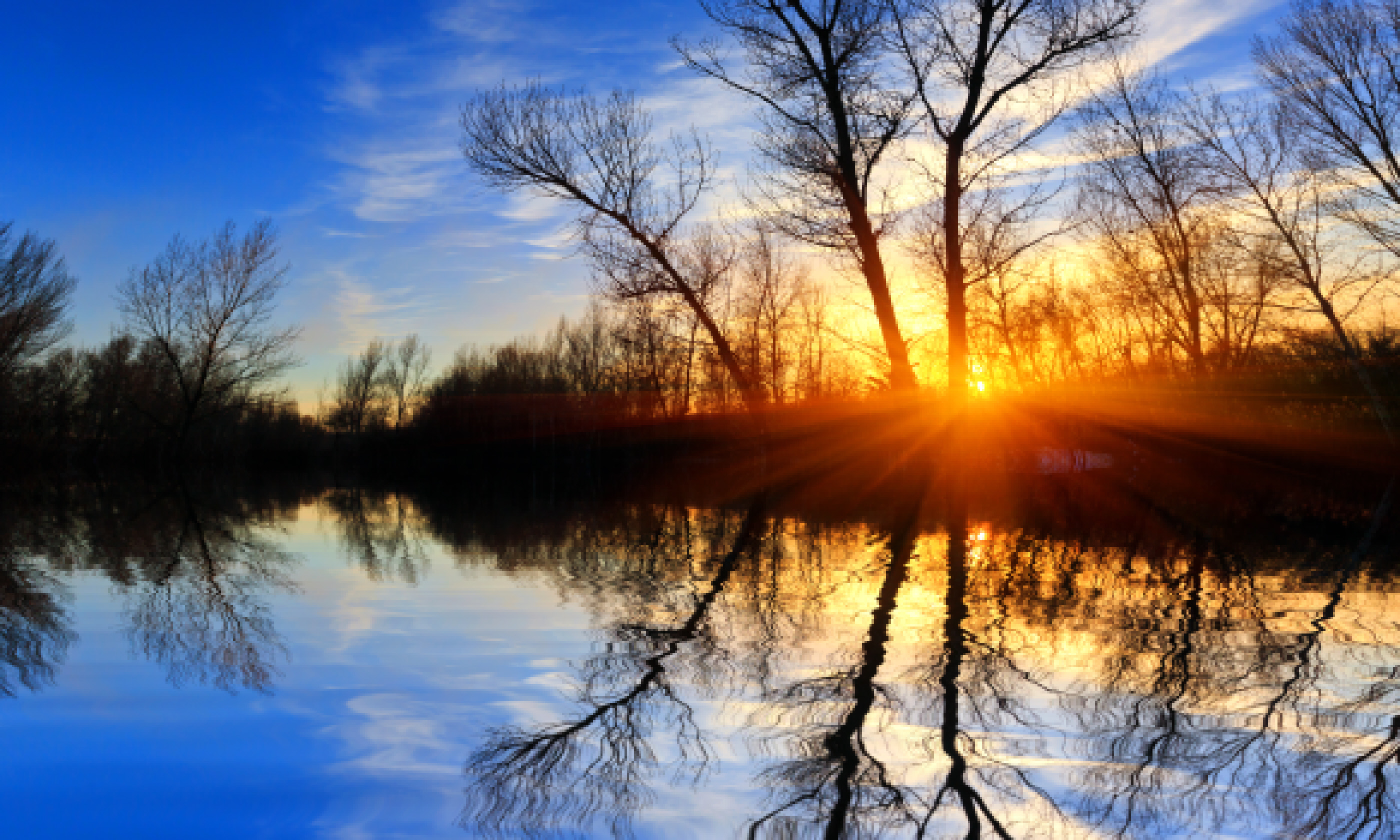
The setting sun is a tricky character to capture – professional photographer Steve Davey helps you make the most of the moment
Like so many moths, travellers flock to the sun. Every night, so-called ‘sunset points’ are packed with people staring into the light, peppering the night with weak flashes in a vain attempt to come away with that atmospheric shot.
So how do you ensure your pictures of that perfect moment aren’t a total let down?
The single most effective way to improve your sunset pictures is to keep the sun out of them. Except at the very last moment, just before it sinks below the horizon, the sun will be too bright compared to the rest of the picture: the result will be either a small yellow ball in an almost black sky, or a completely bleached-out sun.
Instead, either wait until the sun has just gone down to take your shot, or point your camera at a part of the sky that doesn’t include the sun. A telephoto lens will help with this, and make a smaller part of the scene appear more dramatic. If there are clouds in the sky, a sunset will become more and more striking for several minutes afterwards.
To preserve the colours of a sunset, switch off the Auto White Balance function on your camera. This function will attempt to filter out colour casts in your image, which in this case will include all of the golden warmth! Choose the Daylight setting to preserve the colours, or the Cloudy setting to enhance them. You can also choose the Sunset picture scene mode if your camera has one.
If you’re shooting RAW you can adjust the white balance more precisely at the post-processing stage.
With sunsets, the key is to keep shooting. They change rapidly – often improving right up to the moment that the moment has passed. If you wait until that moment is perfect, you’ll miss it.
Taking shots after the sun has dropped below the horizon means the contrast between the sky, reflection and shadow area is not too great for the camera – all show detail. If a tripod is used it also allows for a small aperture and broad depth of field.
2. Pray for cloudCloudy skies often yield more dramatic sunsets: the light from the sun can reflect on the undersides of the clouds, casting contrastingly darker shadows.
3. Be patientSunsets look better if you wait until the sun is out of the sky. With the sun in the picture the contrast is too great: the sun will either be bleached out, or the sky too dark – or both.
4. Leave the sun outBy cropping the sun out you can achieve a feeling of sunset without having to balance high contrast ranges. This is a much better way of showing detail in the foreground.
1. If you only remember one thing… Sunset pictures look better without the sun: it makes the light levels more balanced and exposures easier to calculate. Meter off the sky to get the best exposures.
2. Tech tip Switch off Auto White Balance if you’re shooting JPEGs. The Cloudy/Shady setting will make the sunset appear warmer and more saturated; you can use this setting if you’re shooting RAW, but in this format you can also tweak the pictures at the processing stage.
3. One for the kitbag Use a lens hood if shooting into the sun – this will minimise lens flare, which causes bright spots in the picture.